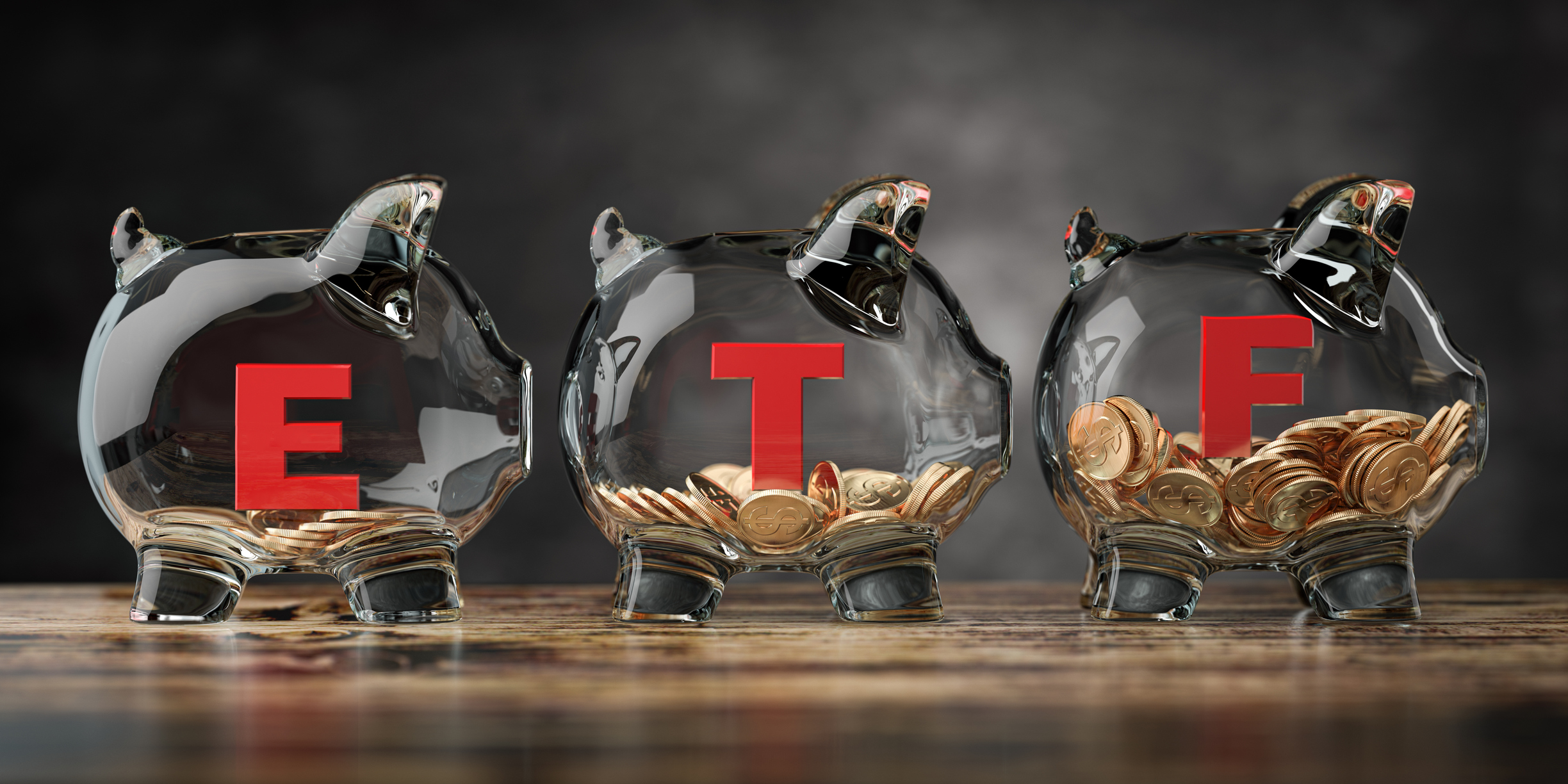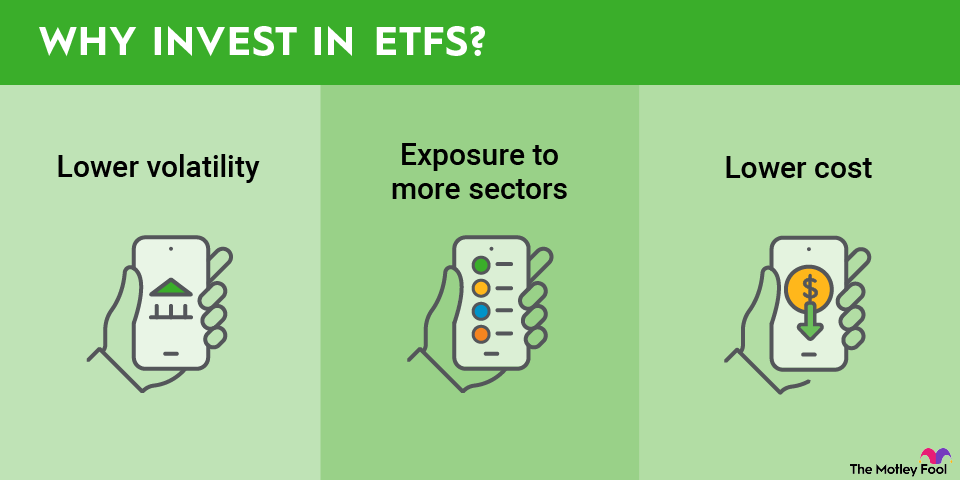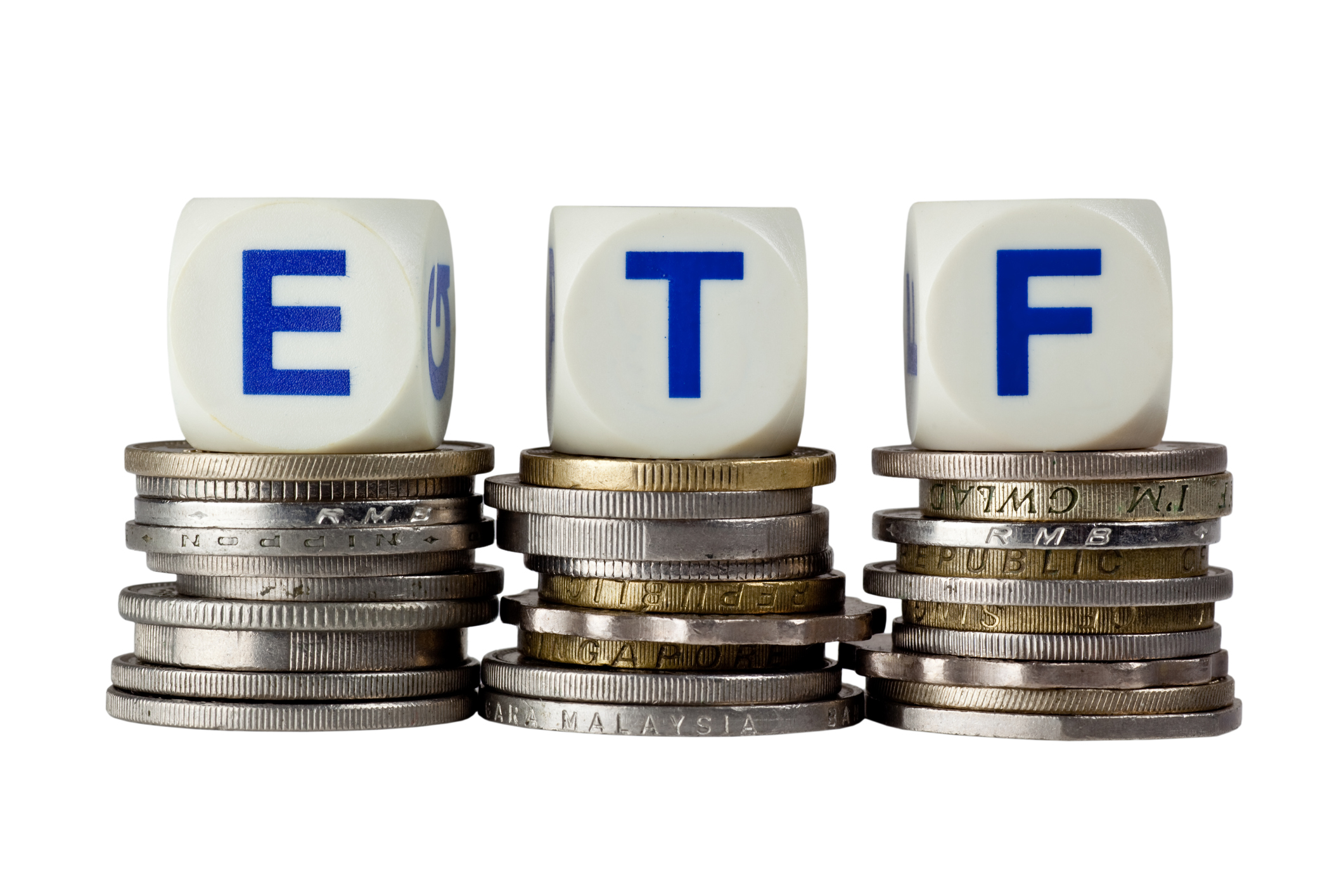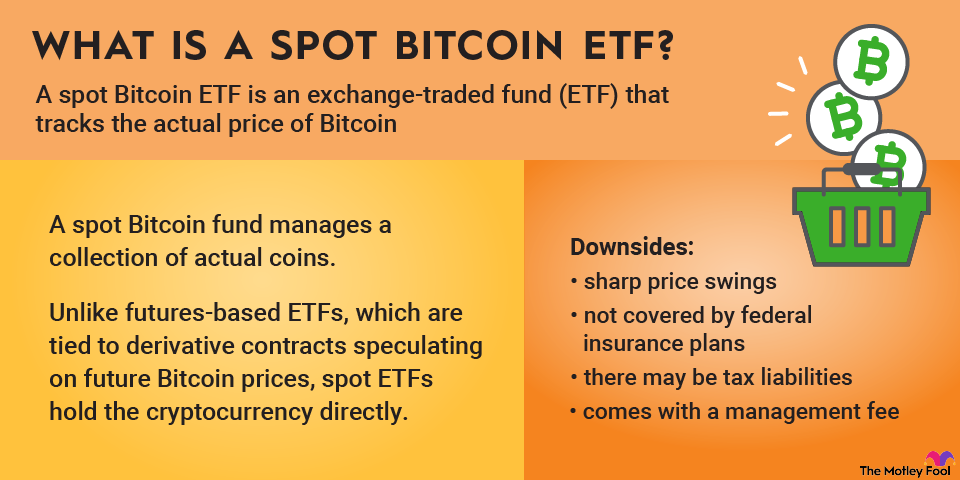The SPDR S&P 500 ETF Trust (SPY +0.47%) is the second-largest exchange-traded fund (ETF) in existence, with about $575 billion in assets under management as of May 2025. Launched by State Street Global Advisors (STT -0.13%) in 1993, it's also the first U.S.-listed ETF and one of the most-traded ETFs in the world.

NYSEMKT: SPY
Key Data Points
If you're wondering how to invest in the SPDR S&P 500 ETF Trust, you're in the right place. We'll cover how the SPDR S&P 500 ETF Trust works, how to buy shares, how it's performed historically, and how to decide whether it's the right investment for you.
Exchange-Traded Fund (ETF)
What is the SPDR S&P 500 ETF Trust (SPY)?
The SPDR S&P 500 ETF Trust is an ETF that tracks the performance of the S&P 500 index. Essentially, when you buy shares of the fund, you're investing in the 500 companies represented in the S&P 500 index. Its companies represent about 80% of the value of the U.S. stock market.
Shares of the SPDR S&P 500 ETF Trust (sometimes called the SPY ETF because SPY is its stock ticker) are priced to represent about 10% of the value of the S&P 500 index. In other words, if the S&P 500 index is at $5,000, one share of the fund would cost about $500.
The goal of the SPDR S&P 500 ETF Trust is to replicate the performance of the S&P 500 index as closely as possible. For example, if the index rises 20% in a given year, you'd expect slightly less than 20% returns. (The returns are slightly lower because you have to account for the fund's minimal investment fees.)
How to buy the SPDR S&P 500 ETF Trust (SPY)
ETFs trade on stock exchanges just like regular stocks, which means you can buy shares of the SPDR S&P 500 ETF Trust as long as you have a brokerage account. Follow these steps to invest in any ETF.
- Open your brokerage app: Log in to your brokerage account where you handle your investments.
- Search for the stock: Enter the ticker or company name into the search bar to bring up the stock's trading page.
- Decide how many shares to buy: Consider your investment goals and how much of your portfolio you want to allocate to this stock.
- Select order type: Choose between a market order to buy at the current price or a limit order to specify the maximum price you're willing to pay.
- Submit your order: Confirm the details and submit your buy order.
- Review your purchase: Check your portfolio to ensure your order was filled as expected and adjust your investment strategy accordingly.
Budget
Holdings of the SPDR S&P 500 ETF Trust (SPY)
Although it represents 500 companies, the S&P 500 index actually tracks the performance of 504 stocks. That's because a few companies, like Google parent Alphabet (GOOG +1.40%) (GOOGL +1.48%) and Warren Buffett's Berkshire Hathaway (BRK.A +0.07%)(BRK.B +0.11%), have multiple share classes, so they're included more than once in the SPDR S&P 500 ETF Trust and other S&P 500 index funds.
The S&P 500 index uses a float-adjusted market capitalization weighting, which means the weight of each stock is determined by the market capitalization of its market float, or shares available for public trading. Because it aims to track the performance of the benchmark index, the SPDR S&P 500 ETF Trust uses the same weighting methodology.
The following stocks are the top 10 holdings of the SPDR S&P 500 ETF Trust as of early May 2025, with their respective weightings:
- Microsoft (MSFT +0.41%): 6.79%
- Apple (AAPL +0.51%): 6.20%
- Nvidia (NVDA +2.92%): 5.95%
- Amazon (AMZN +1.63%): 3.79%
- Meta Platforms, Class A (META +0.59%): 2.70%
- Broadcom (AVGO +2.31%): 2.03%
- Berkshire Hathaway, Class B: 1.96%
- Alphabet, Class A: 1.85%
- Tesla (TSLA -0.65%): 1.74%
- Alphabet, Class C: 1.52%
Because they all track the same underlying index, you'll get the same holdings with almost identical weightings with any S&P 500 index fund.

Should I invest in SPDR S&P 500 ETF Trust (SPY)?
This ETF is a solid choice for most investors, but consider your overall investment goals and what you already own in your portfolio to determine whether the fund is right for you.
Consider investing in the SPDR S&P 500 ETF Trust if:
- You're a new investor: The SPY ETF provides automatic diversification, so it's a good backbone for your investment portfolio. Once you're already investing across a large swath of the stock market, you can add individual stocks or sector ETFs to the mix.
- You're investing for retirement: An S&P 500 ETF like the SPDR S&P 500 ETF Trust makes a good backbone for your retirement funds because it consists of a diversified mix of companies with a track record of earning profits.
- You don't want to research individual stocks: If you don't want to spend the considerable time required to research and select individual stocks, the SPDR S&P 500 ETF Trust is a good way to start investing.
Think twice about investing in the SPDR S&P 500 ETF Trust if:
- You're investing money you may need in the next couple of years: It's generally best to avoid investing in stocks if you anticipate needing your money within a few years because the stock market can be volatile in the short term. Consider placing money you'll need within a couple of years into a high-yield savings account or certificate of deposit (CD). If you're retiring soon, the SPDR S&P 500 ETF Trust can still be a good fit for your portfolio, but you generally want to allocate more money to low-risk investments like bonds and CDs to help you weather short-term volatility.
- You already own S&P 500 funds: You don't need to invest in the SPDR S&P 500 ETF Trust if you already own ETFs or mutual funds that track the S&P 500 since these funds all track the same underlying investments.
- You're seeking dividend income: This ETF currently has a dividend yield just shy of 1.3%. However, if you're looking for investment income, consider investing your money in a dividend ETF to score a higher yield.
Does SPDR S&P 500 ETF Trust pay a dividend?
Yes, the SPDR S&P 500 ETF Trust pays a dividend. The dividend is based on dividends paid by the underlying companies in the S&P 500. As of May 2025, the ETF had an annual dividend yield of 1.27%.
What is the SPDR S&P 500 ETF Trust's expense ratio?
An ETF expense ratio is the percentage of your investment that goes toward fees. The SPDR S&P 500 ETF Trust's expense ratio is 0.0945%. That means if you invested $10,000, you'd pay $9.45 in investment fees. Some of the best ETFs to invest in track the S&P 500 index and have expense ratios as low as 0.03%, which amounts to just $3 on a $10,000 investment.
ETF Expense Ratio
The difference may not sound significant, but keep in mind that fees can eat away at your returns over time. Consider what would happen if you started with a $10,000 investment and added $1,000 every year, earning a 10% annualized rate of return. After 30 years, paying an expense ratio of 0.03% instead of 0.0945% would translate to around $27,000 in additional returns.
Historical performance of SPDR S&P 500 ETF Trust
The SPDR S&P 500 ETF Trust and other S&P 500 ETFs have good track records of producing profits over time. Here's how the fund has performed over various holding periods as of April 30, 2025:
Holding Period | Annualized Return |
|---|---|
1 year | 11.97% |
3 years | 12.04% |
5 years | 15.46% |
10 years | 12.18% |
Although the SPDR S&P 500 ETF Trust has a good record of delivering profits over long holding periods, the stock market can be bumpy in the short term. In 2022, for example, the ETF and its underlying index dropped by almost 20%, though it subsequently recovered. Because of the potential for short-term volatility, it works best as an ETF for long-term investors.
Related investing topics
The bottom line on investing in SPDR S&P 500 ETF Trust
The SPDR S&P 500 ETF Trust is a solid pick for anyone seeking to lock in the historical growth of the U.S. stock market. Although similar ETFs with lower expense ratios are available, the fees are still relatively minimal. Overall, the SPDR S&P 500 ETF Trust is a great choice for anyone seeking a set-it-and-forget-it investment.























